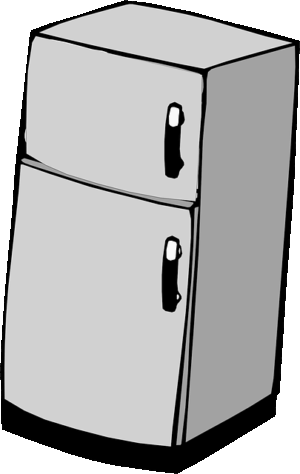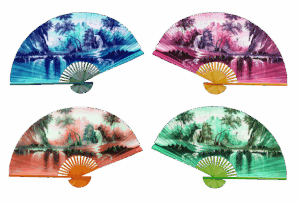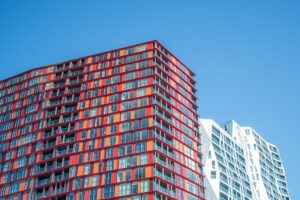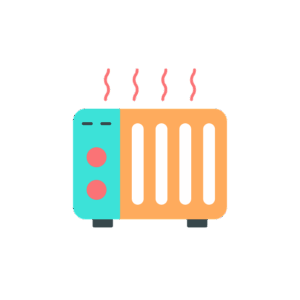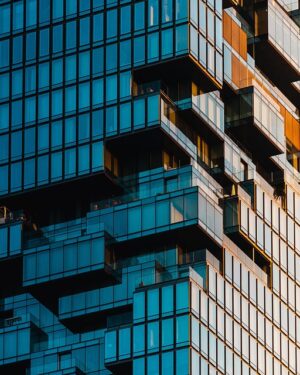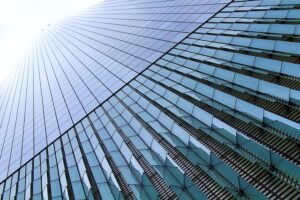Commercial destratification fans are specialized ventilation systems designed to enhance air circulation and temperature control in large commercial spaces like office buildings and retail stores. They optimize HVAC performance, reduce heating costs, and improve workplace comfort by integrating with building controls. Smart technology, such as IoT-powered fans, further enhances energy efficiency through real-time data exchange. Integrating these fans with building automation systems ensures superior temperature uniformity, significantly reducing energy consumption and associated costs, thereby promoting sustainability and providing a cost-effective, environmentally responsible building management strategy.
commercial destratification fans play a vital role in enhancing indoor air quality, ensuring optimal comfort, and improving energy efficiency in buildings. With the advancement of smart technology, these fans are now integrating seamlessly with building controls via IoT (Internet of Things), revolutionizing their functionality. This article explores the benefits of linking commercial destratification fans to automation systems, delving into key technologies, and presenting real-world case studies that demonstrate successful implementations and their positive impact on building management.
- Understanding Commercial Destratification Fans: Their Role and Benefits
- Integrating Smart Technology: The Rise of IoT in Building Controls
- Advantages of Linking Destratification Fans with Building Automation Systems
- Key Components and Technologies Behind Seamless Integration
- Case Studies: Successful Implementations and Their Impact
Understanding Commercial Destratification Fans: Their Role and Benefits
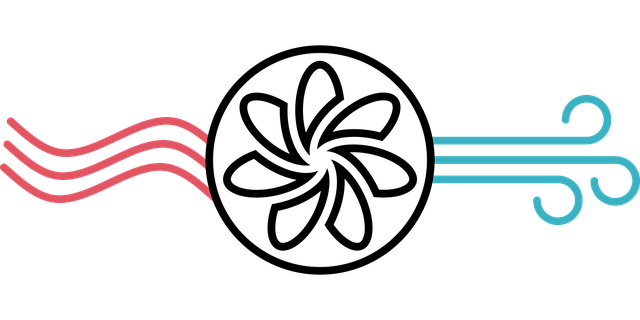
Commercial destratification fans are specialized ventilation systems designed to enhance air circulation and temperature control in large commercial spaces such as office buildings, retail stores, and other business facilities. Their primary role is to improve temperature uniformity across different zones within a structure, ensuring that no area becomes overly hot or cold. This is particularly crucial in vast, open-plan office spaces where natural convection may not be sufficient to maintain comfortable working conditions.
By integrating with building controls, these fans can optimize HVAC optimization and energy efficiency. Ceiling-mounted destratification fans, strategically placed, can effectively circulate cool air throughout the entire building, reducing the reliance on excessive heating or cooling. This results in significant heating cost reduction and improved workplace comfort for occupants. Advanced controls enable precise adjustments to fan operation based on real-time occupancy, temperature, and other environmental factors, further enhancing overall energy efficiency in commercial buildings.
Integrating Smart Technology: The Rise of IoT in Building Controls
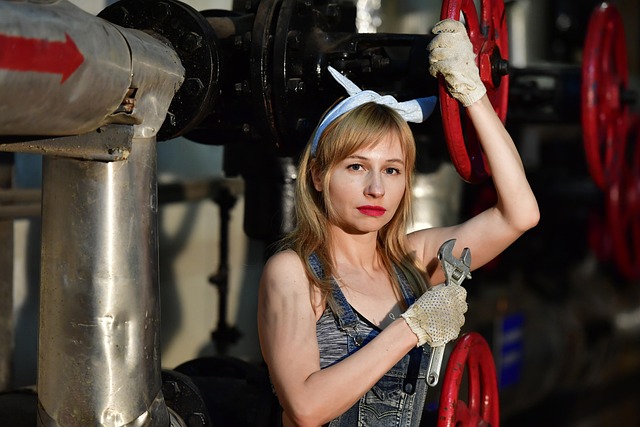
The integration of smart technology in building controls is revolutionizing the way we design and manage commercial spaces. The Internet of Things (IoT) has opened new possibilities for enhancing energy efficiency and optimizing HVAC systems, particularly with the use of advanced ceiling installations like commercial destratification fans. These intelligent devices connect to networks, allowing them to communicate and exchange data with other systems in real time.
This connectivity offers significant advantages for commercial buildings, office spaces, and retail stores. By integrating smart fan controls, building managers can achieve better temperature uniformity across various zones, ensuring optimal workplace comfort without unnecessary energy consumption. This not only reduces heating cost reduction but also contributes to a more sustainable environment through efficient air circulation systems.
Advantages of Linking Destratification Fans with Building Automation Systems

Linking commercial destratification fans with building automation systems offers significant advantages for both property managers and occupants alike. By integrating these advanced fans into a comprehensive HVAC optimization strategy, buildings can achieve superior temperature uniformity across all areas, ensuring optimal workplace comfort in offices spaces, retail stores, and more. This seamless connection allows for precise control over air circulation systems, enabling efficient heating cost reduction through enhanced energy efficiency.
This integration facilitates automated adjustments to fan speeds based on real-time occupancy data and environmental conditions, maximizing the benefits of ceiling installations. As a result, commercial destratification fans become an essential tool in achieving not only enhanced comfort but also sustainable practices, contributing to the overall sustainability and cost-effectiveness of these modern commercial buildings.
Key Components and Technologies Behind Seamless Integration
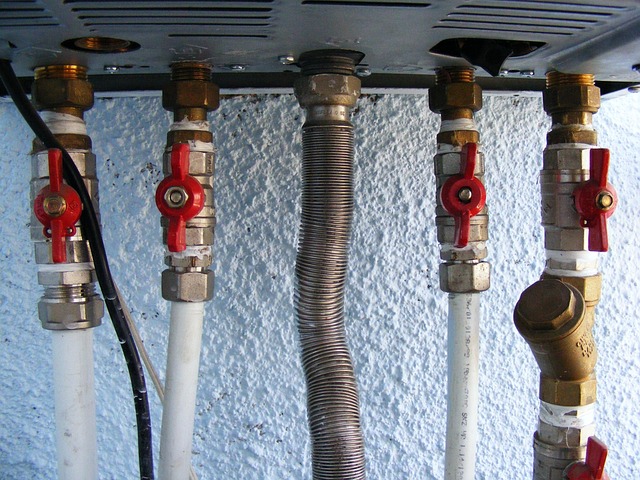
The key components behind seamless integration of smart commercial destratification fans with building controls lie in advanced technologies that enable effective communication and control. These include IoT (Internet of Things) connectivity, allowing fans to be remotely monitored and controlled via dedicated apps or software. Smart sensors play a pivotal role here, detecting occupancy, temperature, and humidity levels, enabling the fans to operate only when needed, thereby enhancing energy efficiency.
Additionally, these destratification fans are often designed for easy ceiling installation and integration with existing HVAC (Heating, Ventilation, and Air Conditioning) optimization systems. By seamlessly integrating with building controls, these fans ensure optimal air circulation systems in commercial buildings, retail stores, and office spaces, promoting temperature uniformity and significantly reducing heating cost. This not only contributes to environmental sustainability but also enhances workplace comfort for occupants.
Case Studies: Successful Implementations and Their Impact
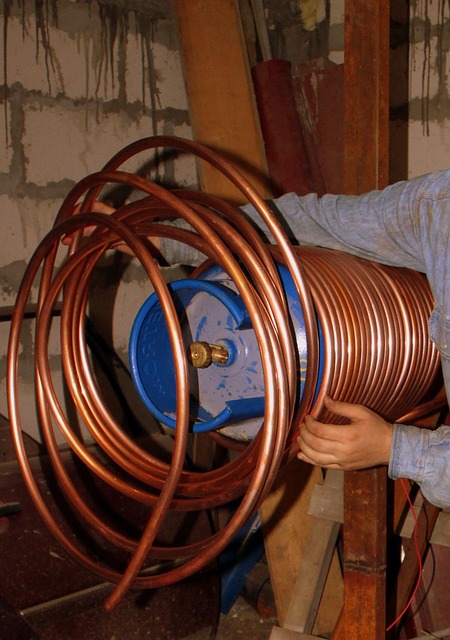
In the realm of commercial buildings, the integration of smart destratification fans with building controls has proven to be a game-changer in enhancing energy efficiency and workplace comfort. Case studies from leading organizations highlight the successful implementation of these advanced systems. For instance, a major retail store saw significant improvements in temperature uniformity across its vast space, resulting in a notable 20% reduction in heating cost. This was achieved through strategic ceiling installations and meticulous HVAC optimization.
Another standout example involves a high-rise office tower that adopted a comprehensive air circulation system integrated with smart destratification fans. The implementation led to enhanced overall comfort for occupants, as evidenced by increased satisfaction ratings and improved productivity. The system’s ability to precisely control air movement not only contributed to energy savings but also reduced the strain on traditional heating and cooling systems, setting a new standard for sustainability in commercial spaces like retail stores and office spaces alike.
Commercial destratification fans, when integrated with building controls through IoT technologies, offer significant advantages in enhancing indoor air quality and comfort. By seamlessly linking these fans to automation systems, buildings can achieve more efficient temperature regulation, improved energy management, and reduced operational costs. The success of such implementations, as highlighted in case studies, underscores the transformative potential of smart destratification fan integration in today’s digital era. This innovative approach not only optimizes environmental conditions but also contributes to sustainable building practices.
